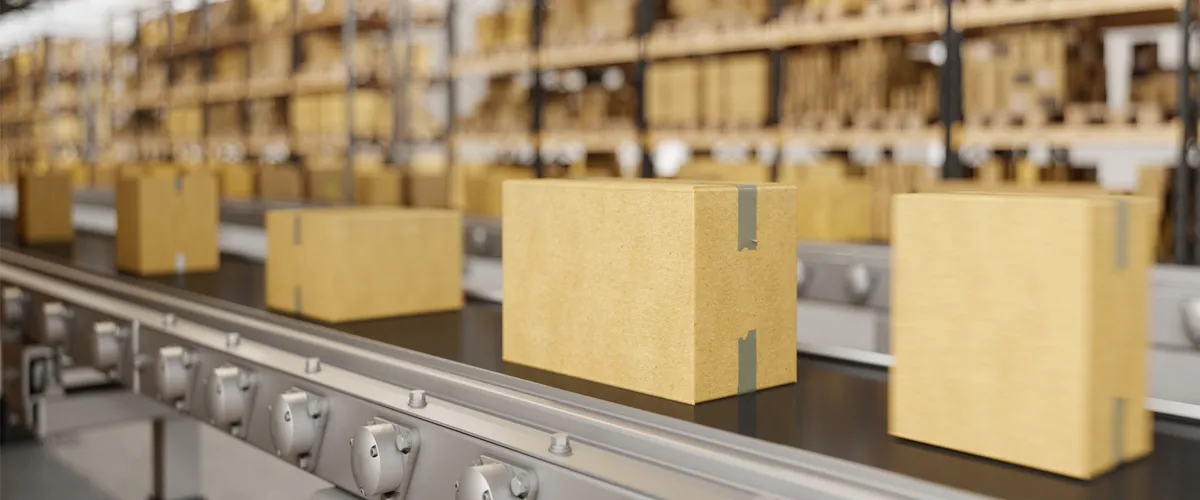Delivering for America (DFA): Three Years of Successes and Challenges
The United States Postal Service (USPS) launched the Delivering for America (DFA) plan in March 2021 to address projected financial losses over the next decade. The plan outlined several goals to achieve financial sustainability and improve service. What were their goals and how have they progressed so far?
- Network Optimization: An investment of $7.6 billion has begun creating a new processing and delivery network infrastructure. This includes 16 operational Sorting and Delivery Centers and 11 Regional Processing & Distribution Centers under development.
- Price Adjustments: DFA includes raising first-class stamp prices twice per year, projected to generate $44 billion in additional revenue over ten years. According to USPS data, stamp prices increased 17 times throughout the 20th century. Since the beginning of the 21st century, the prices have already increased 16 times.
- Product Expansion: New offerings like USPS Connect and Ground Advantage cater to small and mid-sized businesses with same-day or next-day delivery. The USPS expects these products to be significant revenue drivers.
- Package Processing Automation: The USPS has deployed 249 new package sorting machines, increasing daily processing capacity to 60 million packages. They anticipate parcel shipping will grow 5% per year for the next five years.
- Service Performance: A 2022 Government Accountability Office (GAO) report indicated the USPS’ best service performance across all mail products since 2018. However, it’s important to note the USPS sets its own service standards. In October 2021, they adjusted first-class mail delivery from one to three days to two to five days, partly due to a shift from air to ground transportation.
- Postal Reform Act (PSRA) Impact: The enactment of the Postal Service Reform Act (PSRA) in 2022 was a significant development. This act relieves the USPS of the burden of pre-funding retiree health benefits, reducing projected expenses by $48 billion over ten years.
Challenges and Looking Ahead:
While the USPS has made progress, integrating new equipment has been challenging. Examples include training delays at a Virginia facility and machine size discrepancies at a Texas center. Additionally, a GAO report noted concerns about making adjustments based on lessons learned throughout the DFA’s numerous projects.
The USPS remains committed to its transformation journey. Postmaster General Louis DeJoy, “While we have noteworthy accomplishments, we have far to go on our transformation journey. However, our performance during the recent holiday quarter demonstrates that our modernization strategies are putting the Postal Service on an upward trajectory.”
Future Initiatives:
Negotiating changes to the Civil Service Retirement System (CSRS) to eliminate amortization payments, potentially saving $34.6 billion over ten years.
Completing the National and Regional Processing & Distribution Network and modernizing local facilities.
Acquiring 106,000 electric vehicles by 2028, with charging stations already being installed at some larger facilities.
The DFA’s long-term success will depend on the effectiveness of its strategies and the evolving postal landscape.
